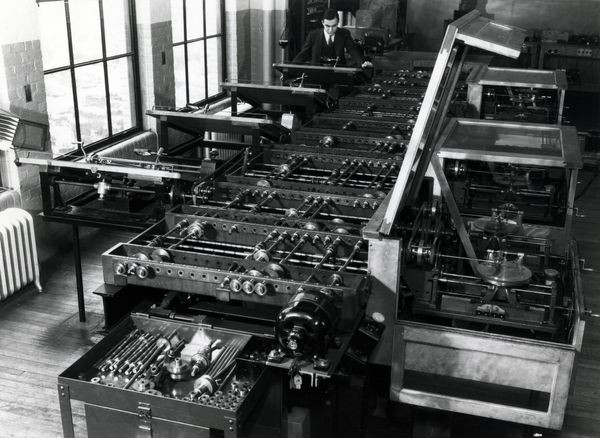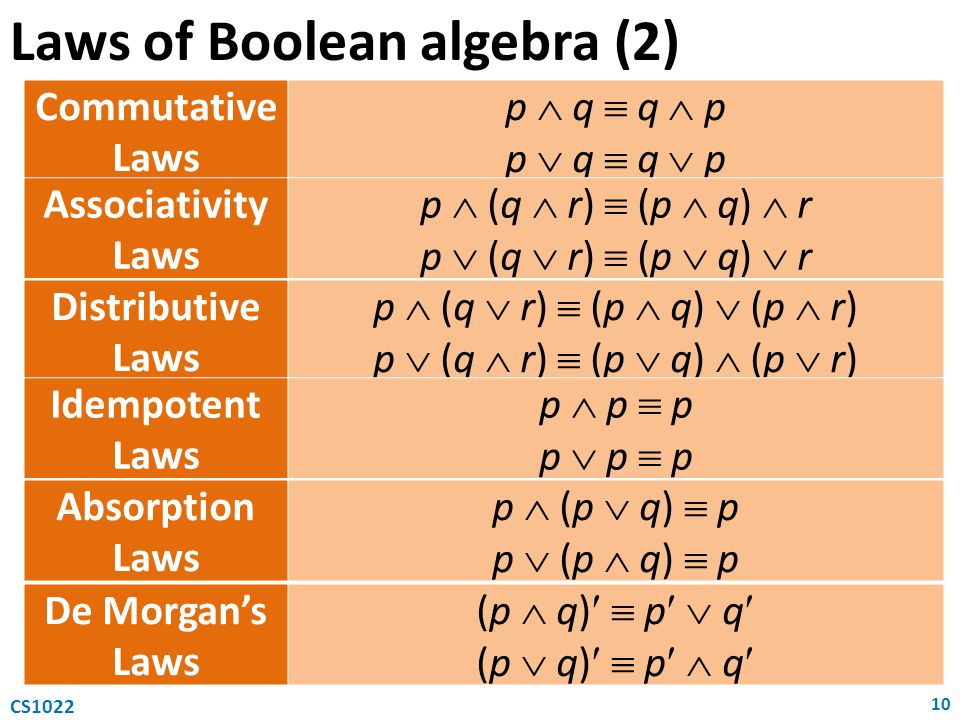Day 6
Ever heard of Vannevar Bush? Claude Shannon? …Me neither, but it turns out they had an important role in the world we see today through a very obscure concept of the time: computer design.
First, a little backtrack. In the midst of World War 2, and following into the Cold War, the US government funded a wide variety of classified military and defense research in order to win the war. Some of these technological innovations of the time include: the atomic bomb, radar, sonar, jet engines, and rockets, just to name a few.
Then came Vannevar Bush. An inventor and engineering professor at MIT in the late 1920s and the Great Depression, Bush created a brain the size of a warehouse: the differential analyzer. 
A mess of cogs, knobs, and gears, this machine was “the computer before the digital revolution” (Soni & Goodman 31). This machine (with parts that look suspiciously like a foosball table) was built to solve puzzles that the human mind could not fully grasp: “the differential analyzer had solved, by brute force [whirring away for 30 weeks non-stop], equations so complex that even trying to attack them with human brainpower would have been pointless” (30). While not as fast as the spoon-fed answers given to us by google, this gigantic machine made of delicate knobs could actually think. That is, until Shannon made it obsolete.
Apprenticed to Bush during his graduate studies, Claude Shannon spent a long time trapped alone in a room with the brain of the differential analyzer. About a year before Shannon went to MIT, the machine had “reached its limits” (33), needing to be broken down and reconstructed for every new problem it faced. Bush, in the hopes of greater efficiency, raised money to construct a sort of brain for the brain; a collection of “electrical switches controlled by electricity” (34), which Shannon observed and commanded.
Why is this important? Because stuffed into this room came Shannon’s greatest accomplishment – binary code. After analyzing the switches and using Boolean logic, Shannon realized that he could essentially do the work of 11 switches with only 2, leading to what we know today as the binary code; the computer coding we see today made of multiple series of 1’s and 0’s. Examples that Shannon demonstrates could be made of this founding were “a calculator for adding binary numbers, [and] a five-button combination lock with electronic alarm”. This notion essentially labelled most of the differential analyzer unnecessary and ready for the downsized PC’s we see today.
_______________________________________________________________________________________

Boolean logic: from what I’ve read, it’s essentially proving the truth value of a statement through logic and math. It reminds me of the time in high school math with the p’s, q’s, r’s, with the ^= and, v= or, and ~= not.
Leave a Reply